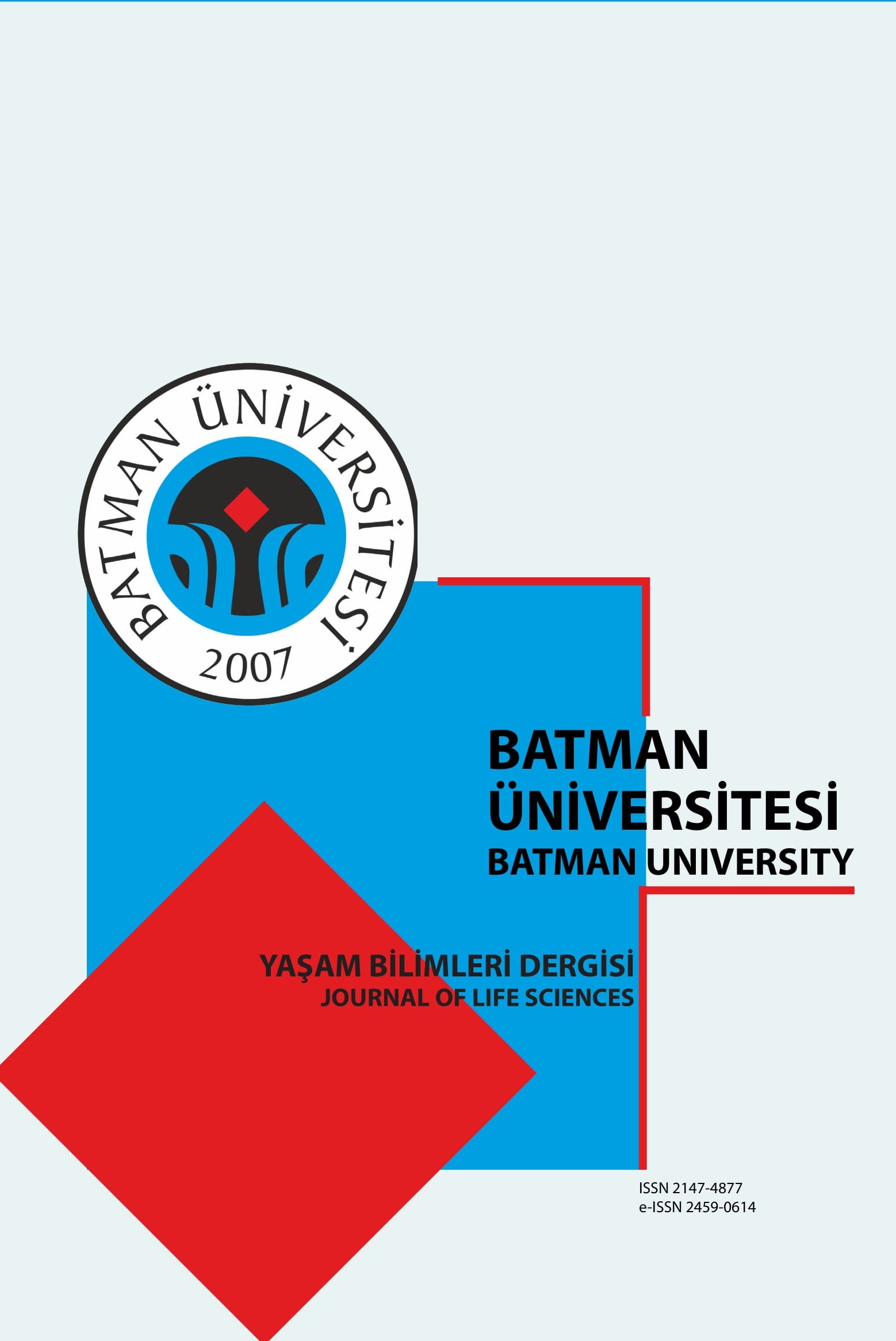A7075-T651 Alaşımının Sürtünmeli Delinmesinde Takım Geometrisinin Etkisinin Araştırılması
Sürtünmeli delme, kendi ekseni etrafında dönen konik bir takım ile iş parçası arasında sürtünme sonucu oluşan ısının etkisiyle malzemenin yumuşaması ve takımın dalması şeklinde uygulanan, geleneksel olmayan delik delme yöntemidir. Bu deneysel çalışmada, 4 ve 6 mm kalınlığındaki A7075-T651 alüminyum alaşımı, koniklik açıları 24o, 36o, ve 48o, silindirik böle uzunlukları (hl) 8, 16 ve 24 mm, çapı 8 mm olan HSS takımlar ile 1200, 1800, 2400, 3000 ve 3600 d/d devirlerinde, 20, 40, 60, 80 ve 100 mm/dak ilerleme değerlerinde sürtünmeli delinmişlerdir. Çalışmada takımın geometrisini oluşturan uç, konik, silindirik ve omuz bölgelerinin işlem üzerindeki etkileri araştırılmıştır ve meydana gelen sıcaklık değerleri ve kovan biçimi araştırılmıştır. İşlemde başlangıç deformasyonuna takım ucunun sebep olduğu, sürtünme ısısının konik bölgenin devire ve ilerlemeye bağlı olarak arttırdığı tespit edilmiştir. Ayrıca kovandaki çatlakların konik ve silindirik bölgenin geometrisi tarafından etkilendiği, omuz çapının yetersiz olması veya takımın silindirik bölgesine ergimiş malzemenin yapışarak yığılması, pul biçiminin bozulmasına neden olduğu görülmüştür.
Investigation the Effect of Tool Geometry in Friction Drilling of A7075-T651 Alloy
Friction drilling is non-traditional hole drilling method, which uses the frictional heat due to the friction between a rotating conical tool and the workpiece to soften and penetrate the work-material, obtained a hole in a thin wall thickness material and at the result a bushing form. In this experimental study, 4 and 6 mm in thickness of A7075-T651 alloy were frictional drilled by using HSS tools with 8 mm diameter, which have 24o, 36oand 48o, conical angles. Tool cylindrical regions lengths (hl) are 8, 16 and 24 mm. 1200, 1800, 2400, 3000 and 3600 rpm spindle speeds, 20, 40, 60, 80 and 100 mm/min feed rates were selected. In experimental study the effect of the geometry of the tool, which is obtains the tip, conical, cylindrical and shoulder regions, frictional temperature and bushing shape was investigated. Consequently it was determined that the cause of the initial deformation in friction drilling operation was the tip of the tool, the conical region of the tool provided the frictional heat depending of spindle speed and feed rates. The cracks on the bushing were affected by the geometries of cylindrical and conical regions of the tool, the form of the washer was damaged with the insufficient diameter of shoulder or adhesion softens material to the cylindrical region of the tool.
